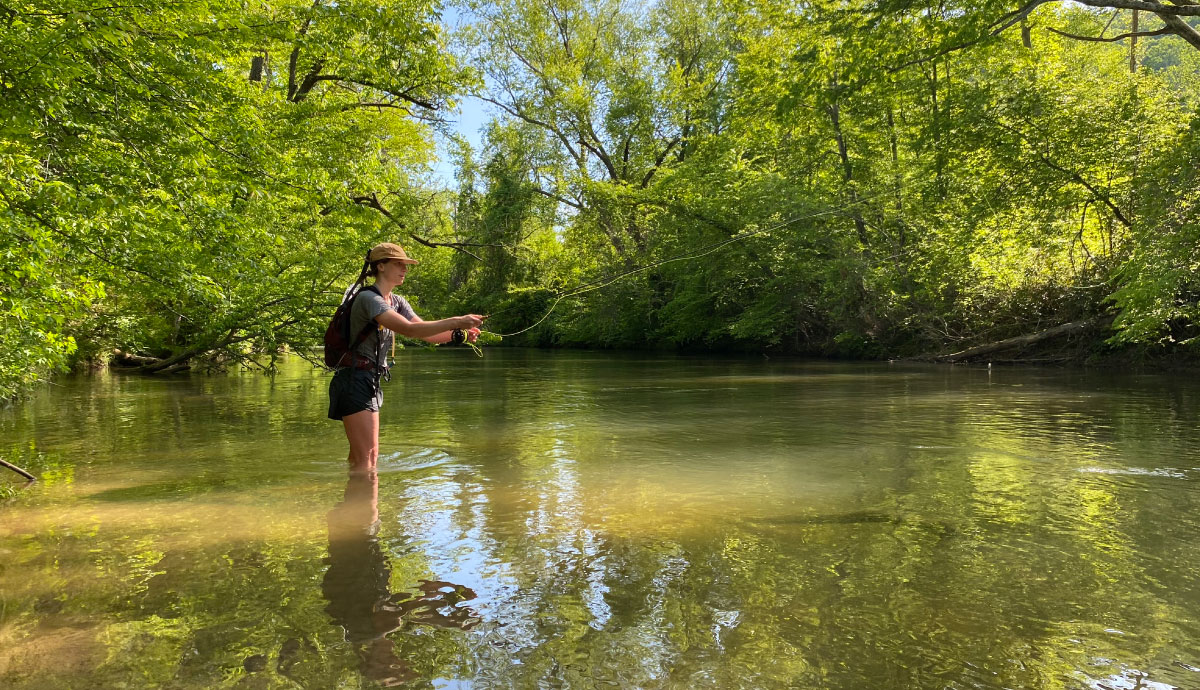The Green River is renowned for its crystal-clear waters, scenic beauty, and abundant trout population, making it a prime destination for both fly fishing and conventional angling. The river features a variety of pools, riffles, and runs that provide ideal habitats for trout, including rainbow, brown, and brook trout. The river’s cold, oxygen-rich waters support a healthy ecosystem, allowing trout to thrive year-round.
For fishing, the Green River is uniquely one of the better rivers. It’s primarily known for kayaking and tubing, but it is a great river for anglers of all skill levels. It’s well-stocked and somewhat under the radar. If you know what you’re doing, you can be pretty lucky. The fun thing about the Green River is that within a day, you can fish one spot and it becomes two different rivers depending on the flows. Early in the morning, the water is low and clear. As soon as the water is released, it becomes higher and dirtier, allowing for a variety of fishing techniques in a short amount of time.
The Green River is a dam-released river, so be sure to check the schedule.
The Green River is one of the handful of rivers in the state that has three different types of regulations: hatchery supported, delayed harvest, and wild trout designated.
The Green is great for both fly and spinner rods. Great lures include worms, egg patterns, and mop flies for fly fishing . If you use a spinning rod, trout magnets and rooster tails are good choices. In the hatchery-supported section where you can use bait, there’s not much better than a nightcrawler.
You can typically find the biggest fish in the deep pools, where they tend to hang out.
Hatchery-supported waters are on part of the lower Green from Cove Creek to Brights Creek. This means that they are stocked quite heavily. Hatchery supported waters are open from roughly the beginning of April through the end of February. In Hatchery Supported Trout Waters, there is no size limit or bait restriction, and the creel limit is seven trout per day. These waters are marked with green-and-white signs.
The delayed harvest section is from Fishtop to Cove Creek (about 3 miles downstream). Under Delayed Harvest Trout Waters regulations, no trout can be harvested or possessed from marked waters between October 1 and roughly the first Saturday of June. During this time, only single-hook artificial lures or flies are allowed. You can use two different flies, but they can only have one hook on each.
Wild Trout designated waters are found through the Narrows. In these sections, no bait or treble hooks are allowed, and there are size limits. You have to hike in there to access these waters.
The Upper Green starts at the powerhouse and goes until a little upstream of where Big Hungry Creek comes in. One of the most popular sections of the Green River for fishing is the stretch below the Lake Summit Dam. As soon as the water cuts off after it’s been running (make sure you check the levels and you’re safe), you can walk right up to where they release the water, and you can see fish rising. There’s a huge pool there, with easy access, and it’s a lot of fun. This is probably the easiest place to catch a lot of fish.
As you work your way downstream, the trails disappear for the most part, and you’re left kind of wading into some sections, which can be a little tricky.
From the dam on the upper section down to Fishtop, you can find trout (rainbow, brown, brook), native creek chubs, shiners, and sculpins. As you get closer to Lake Adger, you might encounter the occasional smallmouth bass and rock bass. Fishing in the lower sections can be exciting because you might be fishing for trout and end up catching a bass.


